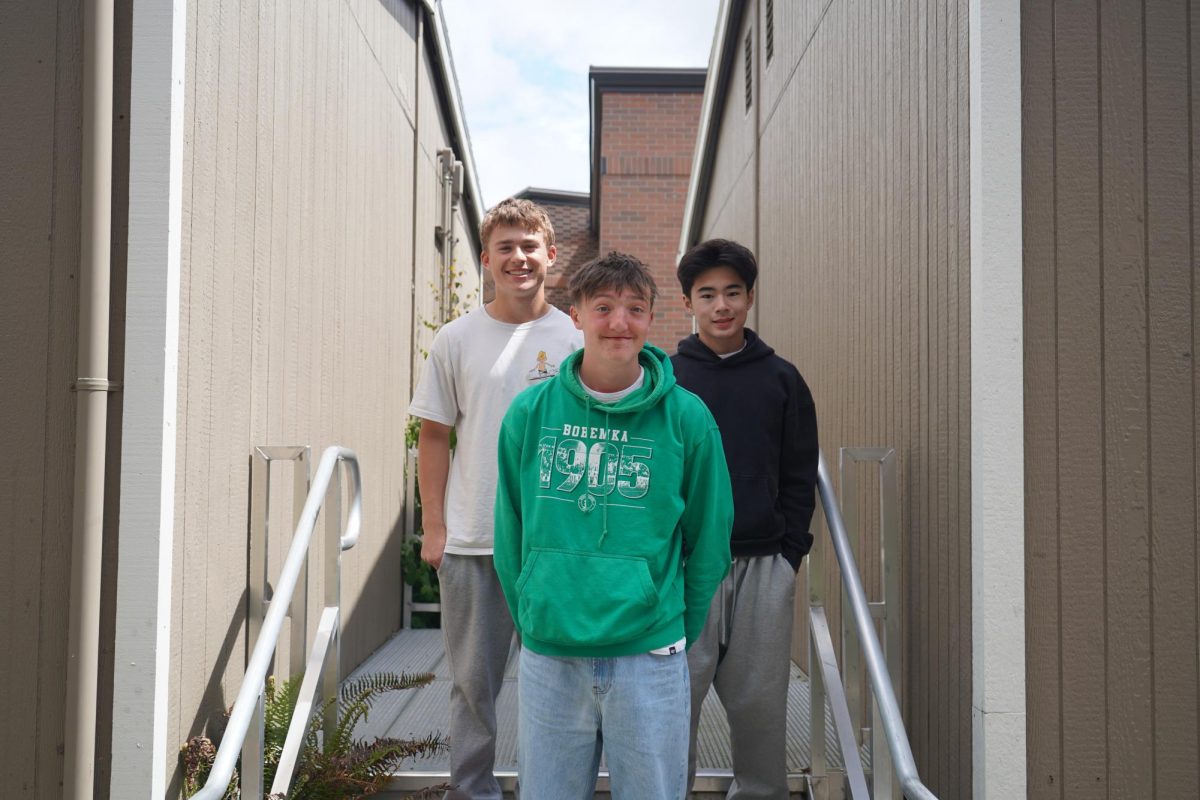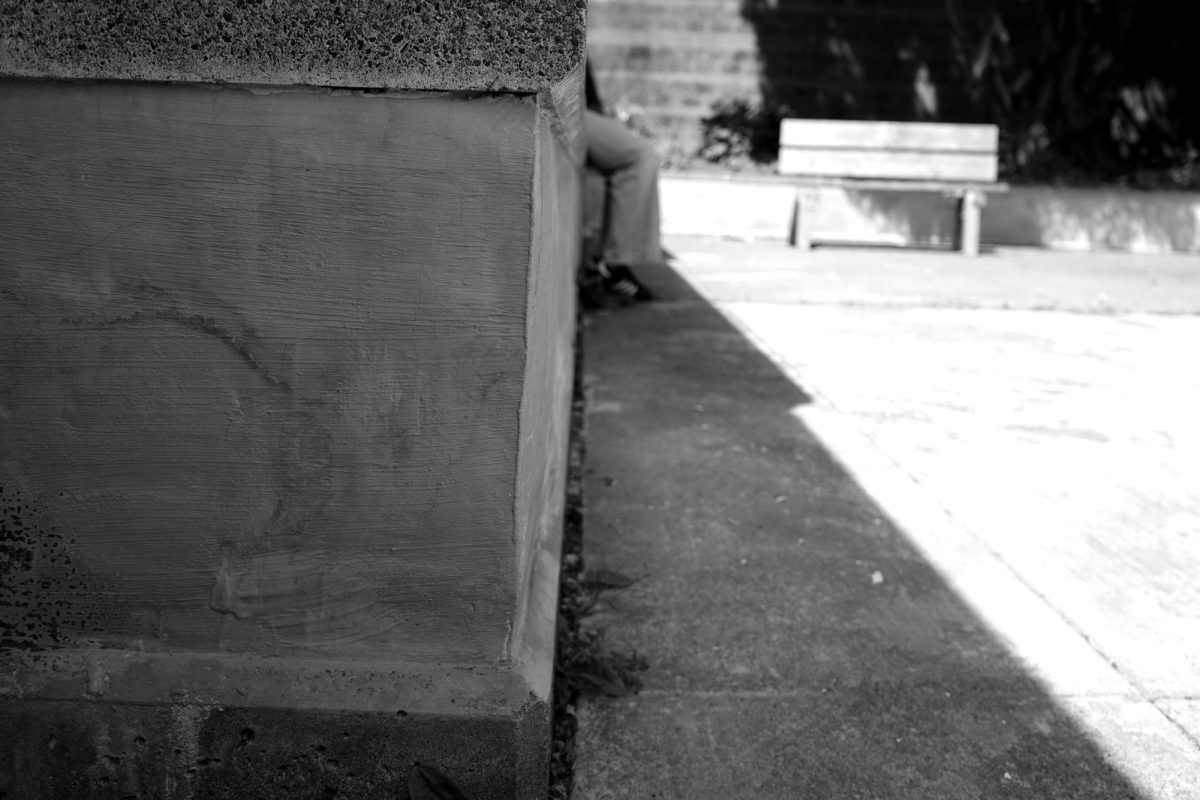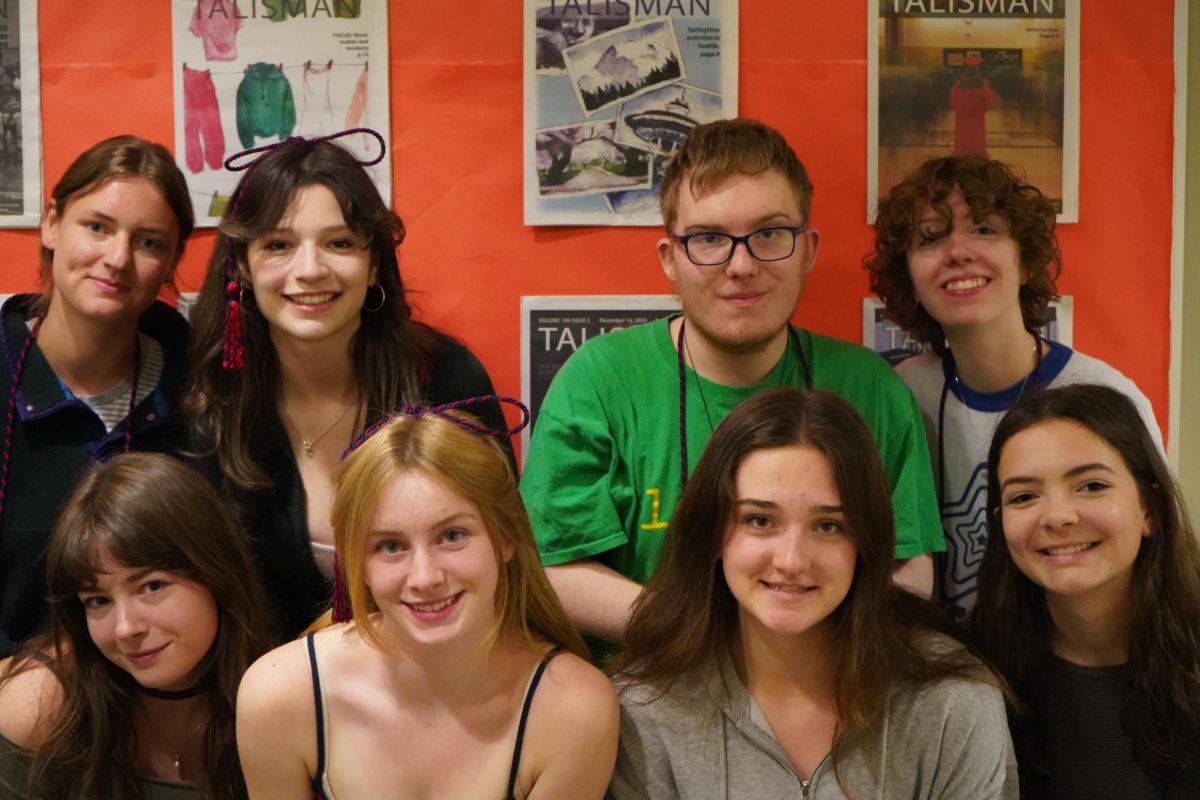70 percent of journalists, and 50 percent of the general population, says that the amount of misinformation and fake news being spread is concerning, according to the Pew Research Center. Even so, avoiding fake news is rarely discussed in mainstream society.
According to the University of Washington Misinformation Board, which works alongside with the high school, false information falls into two categories. False information being spread by people who think it is true, misinformation, and false information by people who know the information they are giving is not accurate, disinformation.
Misinformation and disinformation can be spread on numerous online platforms and websites, but some common contributors to the spread of misinformation are TikTok and Instagram, social media platforms which many students use every day.
According to the Pew Research center, 63 percent of teenagers said that they used TikTok, and 59 percent said they used Instagram in 2023. Yet our society does not talk about protecting teenagers from spreading and believing misinformation, as much as we should.
The spread of misinformation can have many negative effects, from causing people to perform tasks that are detrimental to their health and safety, and influencing how teenagers who are 18 or older vote.
Avoiding misinformation is occasionally taught in classes, such as in tenth and eleventh grade history classes at school, but beyond that, it is rarely taught. It is probable that many students do not take the education about the spread of misinformation seriously when it is taught to them in their history classes because they see it as just another topic being covered in school, not something that affects their lives.
When something is an obvious concern to people’s health, society tends to take educating people about it seriously. An example of this is the push to wash hands during the winter months, when catching a virus is common, but the spread of misinformation is just as much of a health concern.
TikTok is notorious for suggesting people do certain remedies to better their health, and people put themselves in danger following the information they are given, not knowing the stunt they are doing is dangerous or unhealthy.
A solution to the lack of societal conversations around misinformation? To make it required, or strongly encouraged to talk about it, outside of classes.
Some ideas for increasing the conversations around the spread of false information include getting reminders about the cause on the biweekly morning announcements, encouraging families to engage in conversations about it at home, and finding a way to have constant reminders, either in the form of posters, or other mediums. Most importantly though, it is crucial to treat the increasing spread of misinformation as a danger, and to educate teenagers about its effects and how to stop it from spreading, outside of classes.

























